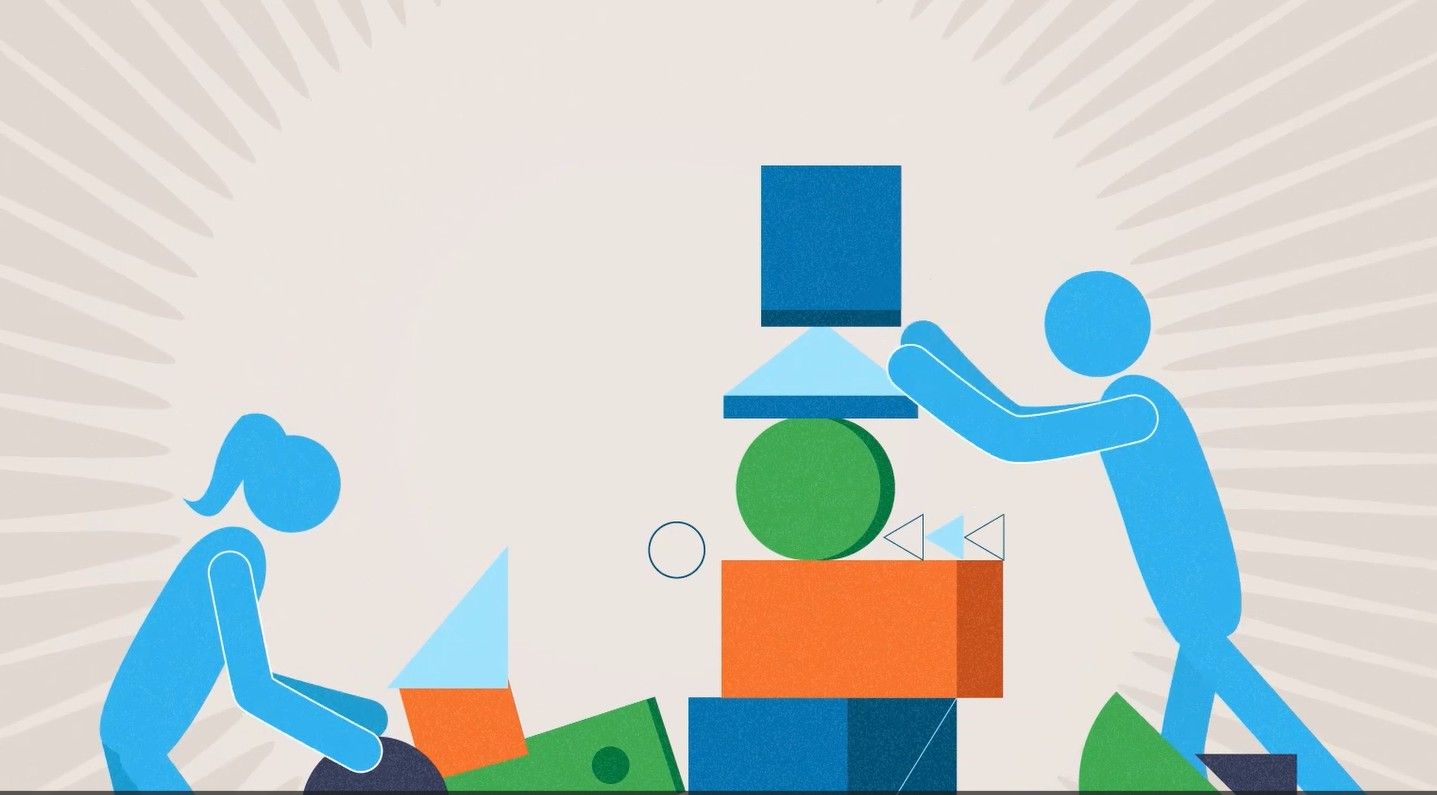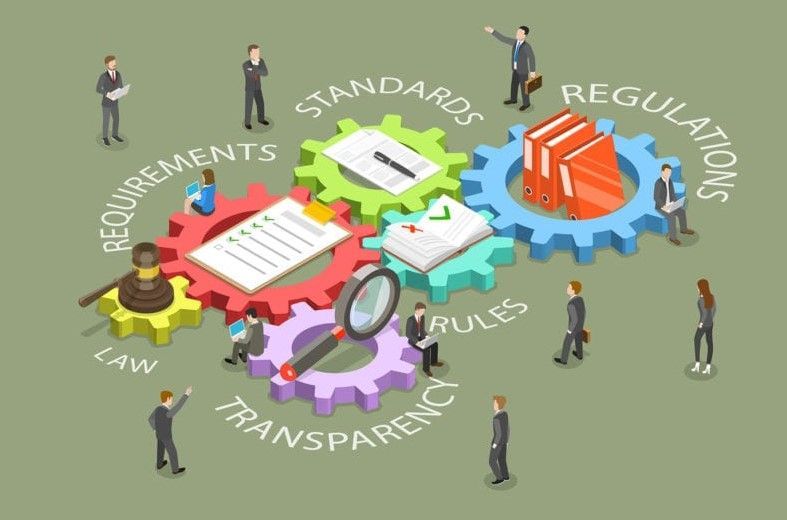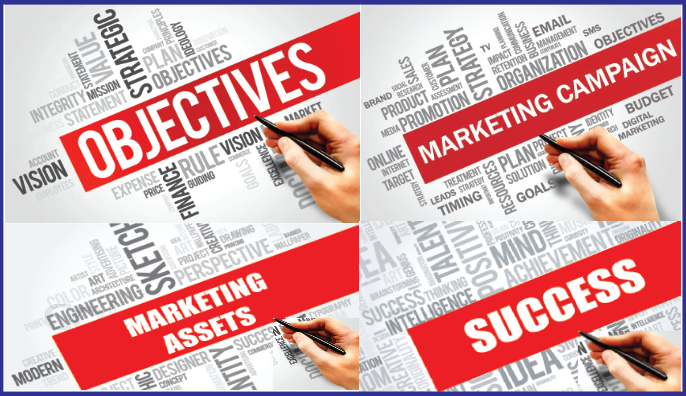Making Lead Generation Pay Off
June 17, 2025
Today, popular psychology holds that the personality of an individual human being is shaped not by genetics or by environment alone but by an uneasy collaboration of both.
(It hasn’t always been this way, as straightforward as it might sound. Darwin’s cousin, inspired by the publication of The Origin of Species in 1859, coined the phrase “nature vs. nurture” as a scientific, not philosophical, concept. Scientists have debated its significance ever since, sometimes strenuously.)
We’ve found that similar collaboration applies in business-to-business selling. To be promising, sales leads first need the right pedigree. They must come from the market a company sells to and face the problems a company’s product or service can solve. They must have the DNA of prospects that become buyers.
That just seems to be good commonsense, right? But if as a salesperson you’ve ever received “hot” leads passed on from advertising campaigns or other promotions, you know that good sense in lead generation doesn’t seem to be all that common. Salespeople can be understandably skeptical of lead generation programs because they find too many of those leads just aren’t buyers.
But maybe sales reps don’t have that quite right. It turns out that, according to research by Sirius Decision, as much as 80 percent of leads rejected by sales forces do in fact purchase within two years. If they don’t buy from the company generating the rejected lead, they buy from a competitor. But one way or another they do buy because it’s in their nature as business people to find the right solutions to their company’s problems.
So if so many of those leads rejected by sales carry the right DNA to be your customers, why don’t they become your customers?
Simple: They probably don’t receive the right nurturing from your company. The truth is that most B2B buyers don’t want to see a sales rep until they are well along in their buying process, perhaps as much or more than 65 percent along. They surf the Web, they read white papers, they talk to their peers, they go to industry trade shows, they review the pros and cons with their staffs. Maybe they even conduct their own studies. When they have done their homework, or if they think their business needs assistance for some other reason, then they are ready to buy. And that’s when you want your salespeople to be on the spot because that’s when they’re most likely to make a sale.
Key Point: Just because they are ready to buy doesn’t mean they will buy from you. That’s where a sales process customized for your product, your salespeople, and your market is especially valuable. Call us to learn more.
Think about it. Many times when salespeople and buyers begin their separate quests for success aren’t they often in direct conflict? It’s simply the nature of some salespeople to go after short-term gain, just as it’s the nature of some investors. (Some salespeople, of course, follow a partnering path from the beginning of their relationship with a prospect.) And it’s the nature of the business-to-business buyer to look for the best return on investment, usually over time, which means taking time to make the “best deal.”
Conflict becomes collaboration later in each process, however, as opposing objectives become one. When the buyer is ready to buy the sales person can realize short-term gain by being in the right place at the right time. The trick from the seller’s point of view is to make that happen. Just handing off leads to salespeople, even if those leads have the right DNA, won’t work unless they’re handed off at the right time.
That’s where lead nurturing programs come in handy. Also known as “drip” marketing, lead nurturing keeps your company’s name in front of a potential buyer throughout the product research process or until the need becomes great enough for the buyer to take action. The amount of time required is always the amount of time the buyer believes is needed to research a product or service and become comfortable that it will benefit his company. Then, such a buyer is ready to buy and looks for the right vendor. And that’s when your salespeople should step in.
How do you know when the time is right? You may already have a good idea of what a normal buying cycle is in your industry. If you don’t, find out through industry associations or by tracking your own experience.
Either way, an effective lead nurturing program will have left potential buyers with a positive impression of your company, not just through the obvious traditional approach of “staying in touch” only to see if prospects are ready. They see right through that and don’t appreciate the time they waste with it. Instead, your program accelerates a buyer’s research process by delivering real value over time. You’ve built up a “trusted advisor” relationship based on delivering value without expectation of immediate return. Buyers do appreciate that and might even call youwhen they’re ready to buy.
There are many channels through which to deliver value: direct mail, e-mail, phone, social media, podcasts, Webinars, keeping content on your Website fresh.
Just last month a regular reader of this column got in touch with us to discuss a possible engagement. “I’ve been reading your columns for two years,” he said, “and began to think about how you might solve some of my company’s marketing and sales challenges. Well, I think you might be able to help with this one.”
Now that you understand more about the nature of nurture in lead generation, please get in touch with us to learn how lead nurturing can increase your company’s top line.
The post Making Lead Generation Pay Off appeared first on Productive Strategies, Inc..










